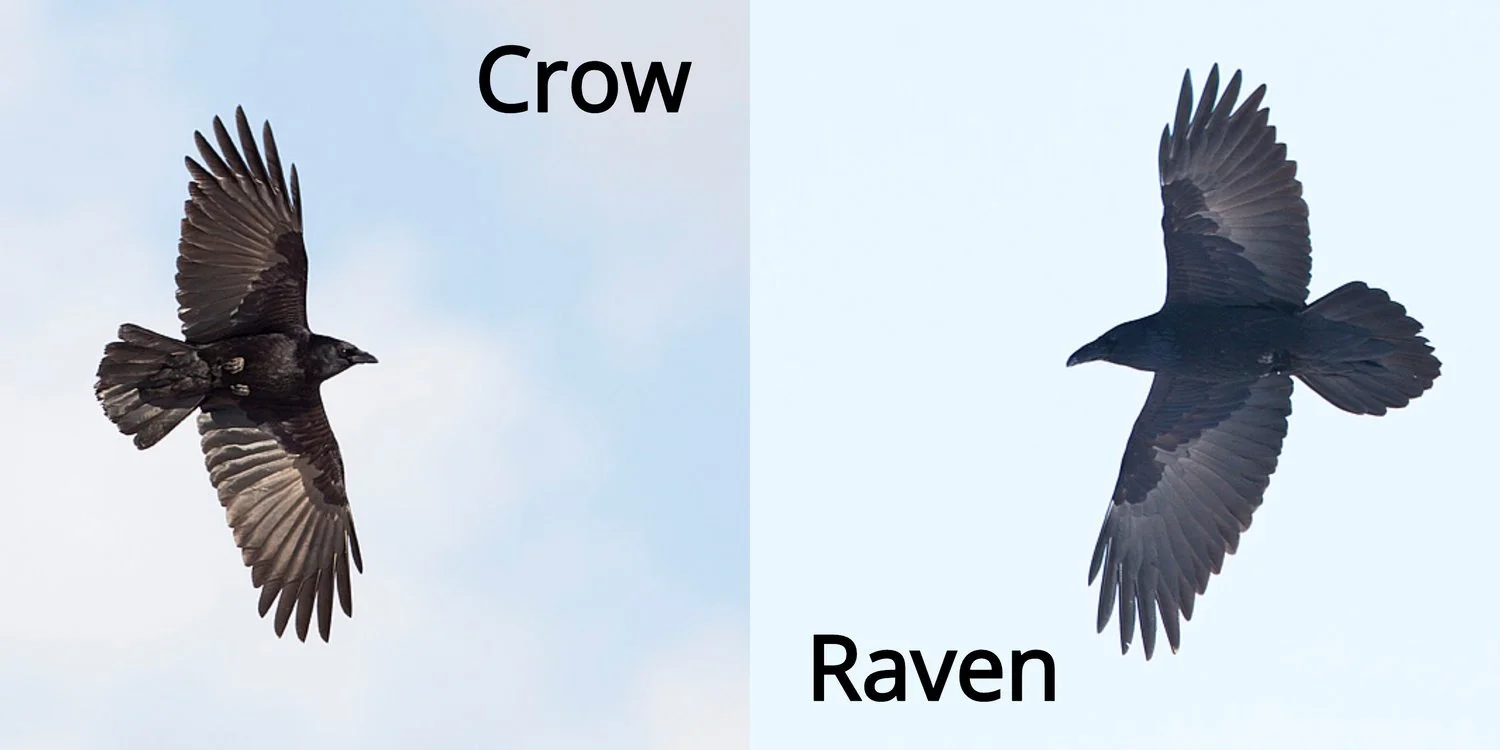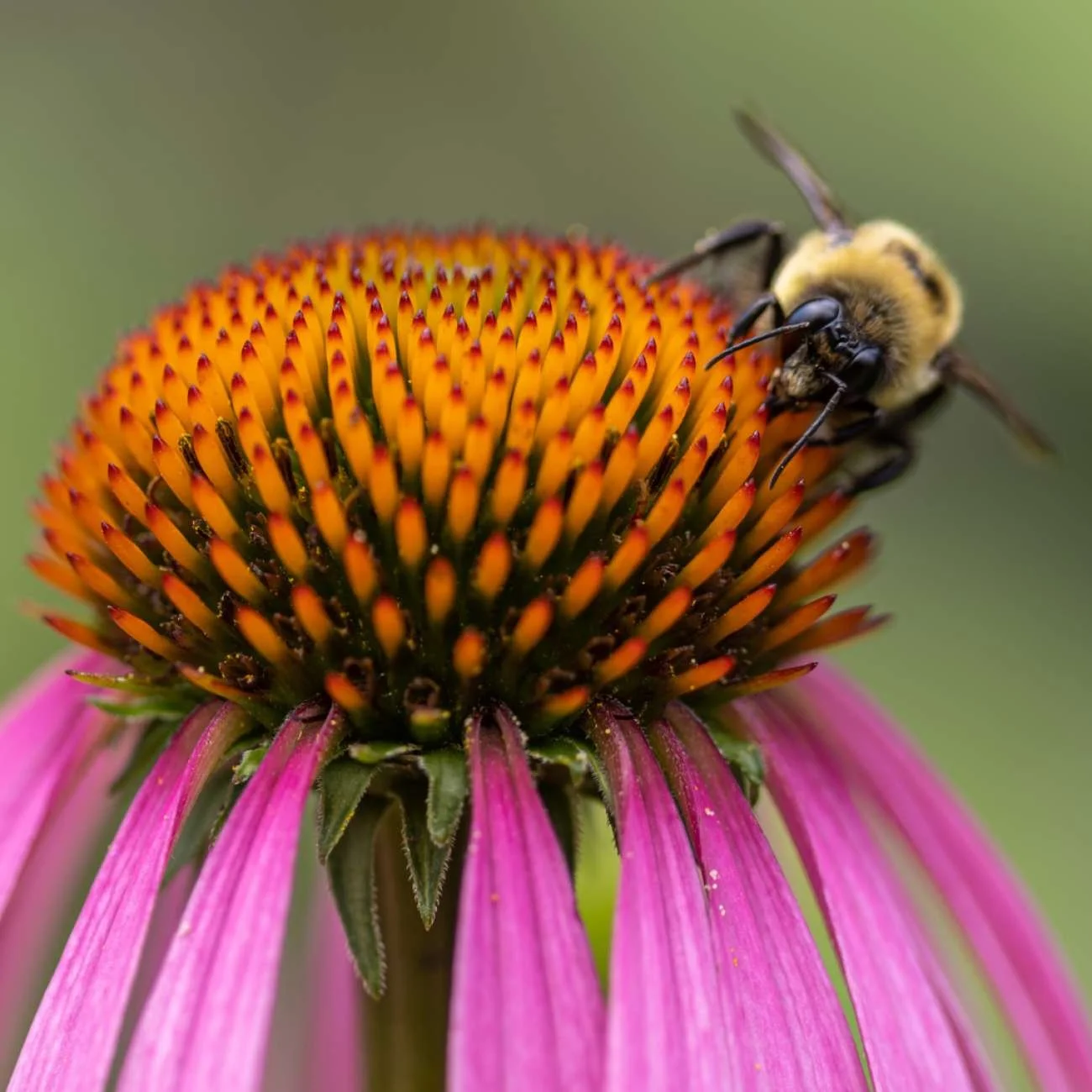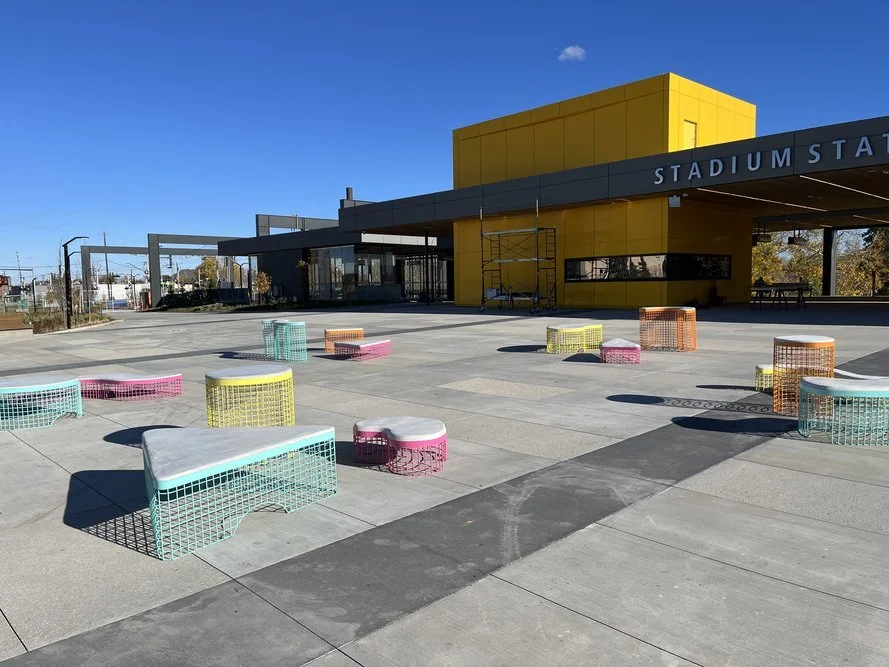Alberta Biodiversity Challenge is June 8-11
Biodiversity provides the building blocks of nature itself. Every organism plays an important role in their habitat, with each species contributing to create the unique ecosystems we have around us. The more native plants and animals in an area, the healthier the ecosystem becomes which is both beneficial for humans and for the climate.
Most recently referred to as nature-based solutions, humans are increasingly using nature and its biodiversity as an effective mitigation and adaptation strategy to address the impacts of our changing climate. The first step to maintaining local biodiversity is understanding it and as a Citizen Scientist you can help!
The Biodiversity Challenge invites Albertans to take part in a photo BioBlitz, between June 8-11, using the iNaturalist citizen science app. Take photos of native biodiversity for example, the flora and fauna you find in nature - not your flower beds, cats, or dogs and upload your sightings to iNaturalist by June 18.
Sounds too daunting but still want to get involved. June 10-11 visit the Edmonton Valley Zoo June where educators will help walk you through the process as well as other family fun activities to help educate about Edmonton’s wild and local biodiversity. https://changeforclimate.ca/story/celebrating-the-role-of-biodiversity
How to spot the difference between crows and ravens
Gerald Romanchuk photo
Ravens and crows are large black birds, both part of the Corvidae family. They have many similarities, so how can you tell these two birds apart?
The shape of their tail feathers is one indication. Crows have more rounded tails, while ravens have a more pointed tail. You can remember that by thinking that the crow has a C-shaped tail and C is for crow. Ravens have a V-shaped tail and there is a letter V in the word raven. Little memory tricks like these are helpful for remembering details about birds and other wildlife.
Ravens are generally larger than crows and have much larger and more curved beaks. Another way to tell the two apart without seeing them up close is by their sounds. The crow makes a caw sound, whereas the raven makes a deeper croaking sound.
In addition, ravens tend to move in pairs, whereas their crow counterparts travel in large flocks called murders, sometimes numbering into the thousands. Furthermore, ravens tend to glide more, whereas crows flap their wings a lot more when flying around. https://www.ealt.ca/blog/fun-facts-raven-or-crow
Pollinator week celebrates bees, birds, butterflies and other pollinators
Pollinator Week Canada, June 19-25, is an annual event in support of pollinator health. It is a time to celebrate pollinators and spread the word about what we can do to protect them. The week has grown into an international celebration, promoting the valuable ecosystem services provided by bees, birds, butterflies, bats, beetles, moths, wasps, and flies.
Between 75 to 95% of flowering plants on earth need help with pollination. Pollinators provide pollination services to over 180,000 different plant species and more than 1200 crops. That means that 1 out of every three bites of food you eat is there because of pollinators. In addition to the food that we eat, pollinators support healthy ecosystems that clean the air, stabilize soils, protect from severe weather, and support other wildlife.
This year the emphasis is on the connections between climate and pollinators. Pollinators are dying because their food and homes are disappearing, diseases have increased, and rising temperatures and natural disasters are affecting their ability to survive, all of which are related to climate change. The conservation of pollinators and their habitats can help combat climate change by supporting healthy ecosystems, air, soil, water, and plants.
Dream by Multiple Edmonton artists, Stadium LRT Station.
https://www.edmontonpublicart.ca/#!/details/329
Comment or contribution
Please note that articles may not reflect the position of NSRVCS. River Valley News is meant to be a clearinghouse for the wide variety of opinions and ideas about Edmonton’s River Valley. Email river valley photos, event information, comments, or questions to nsrivervalley@gmail.com
Sincerely yours,
Harvey Voogd
North Saskatchewan River Valley Conservation Society
780.691.1712




